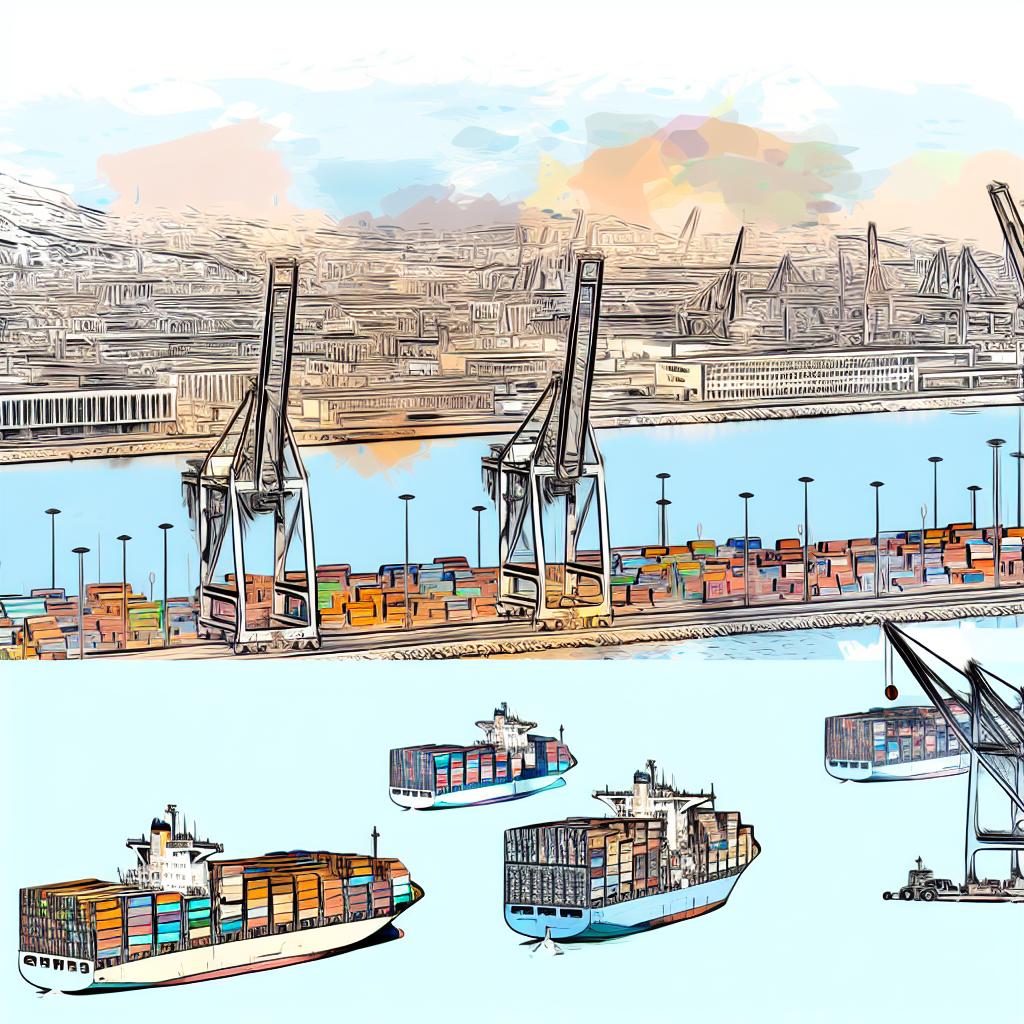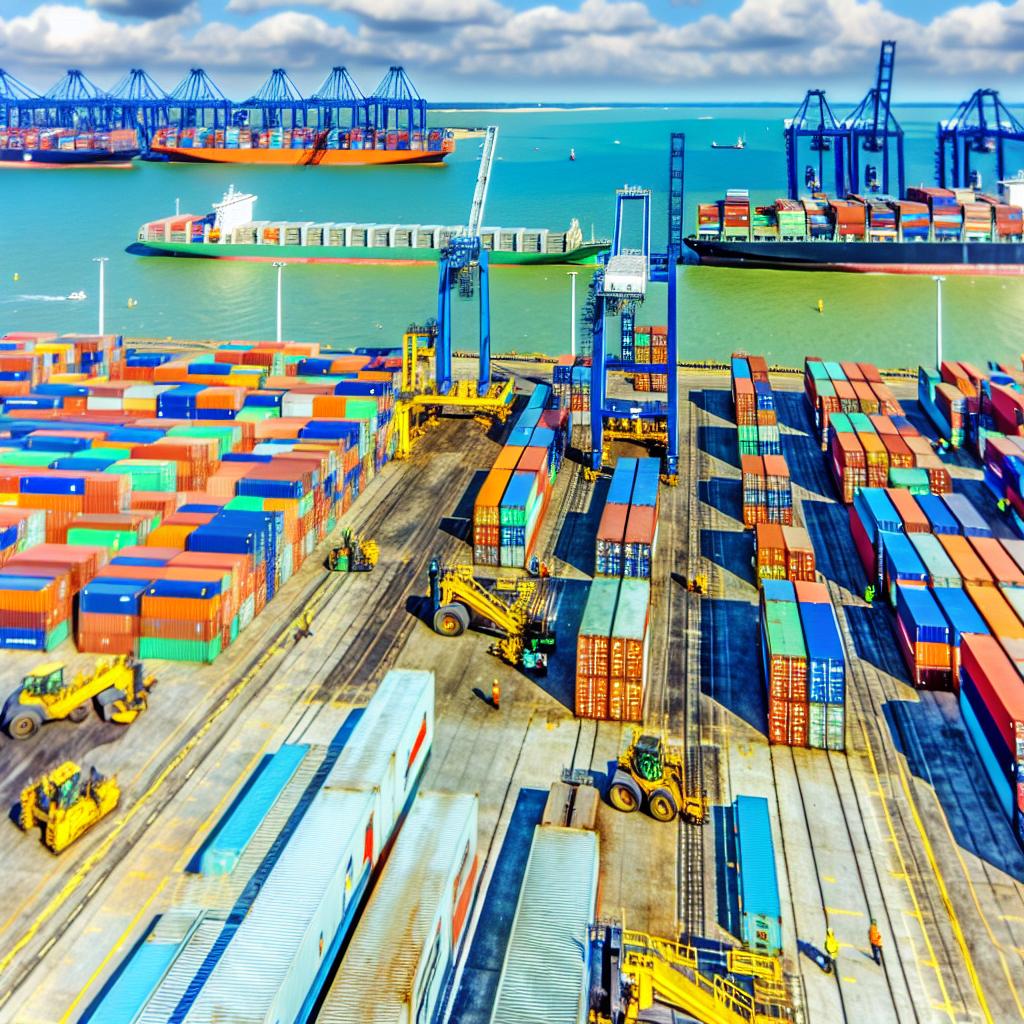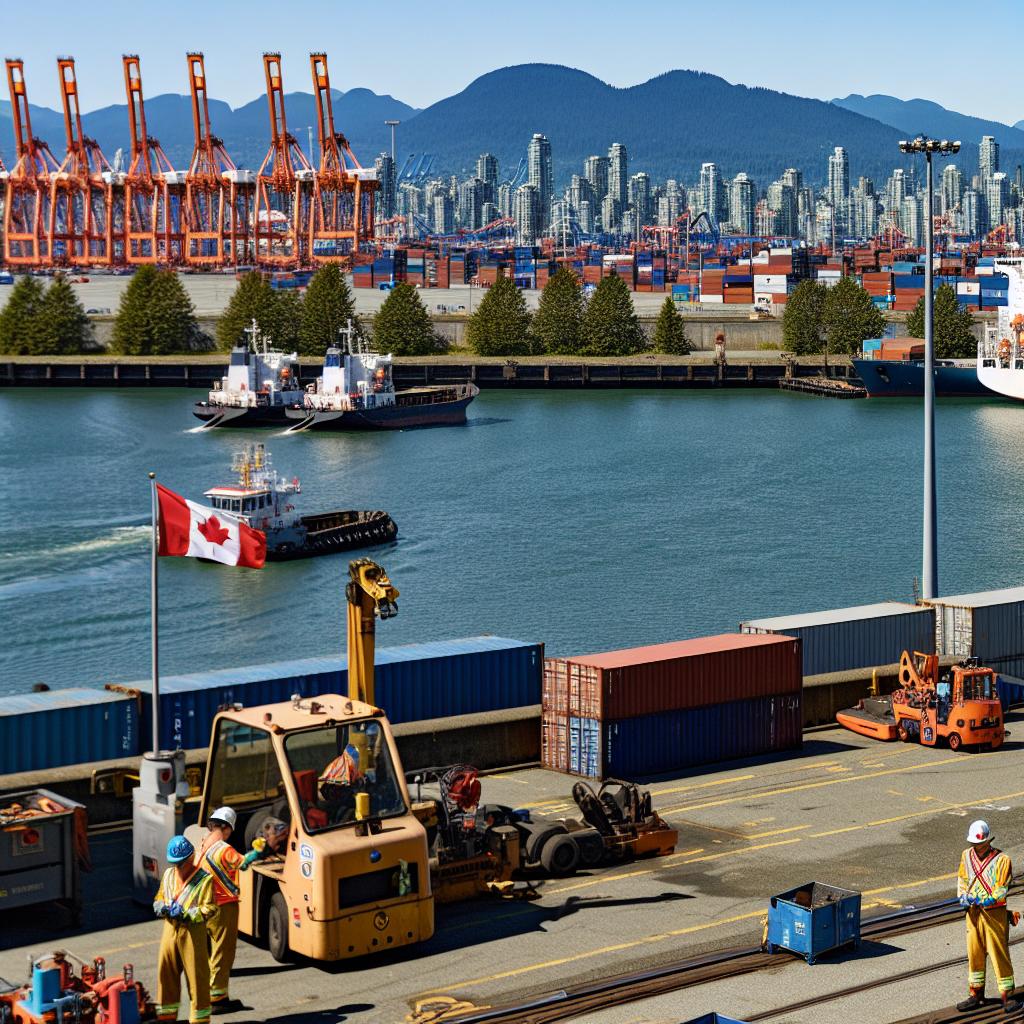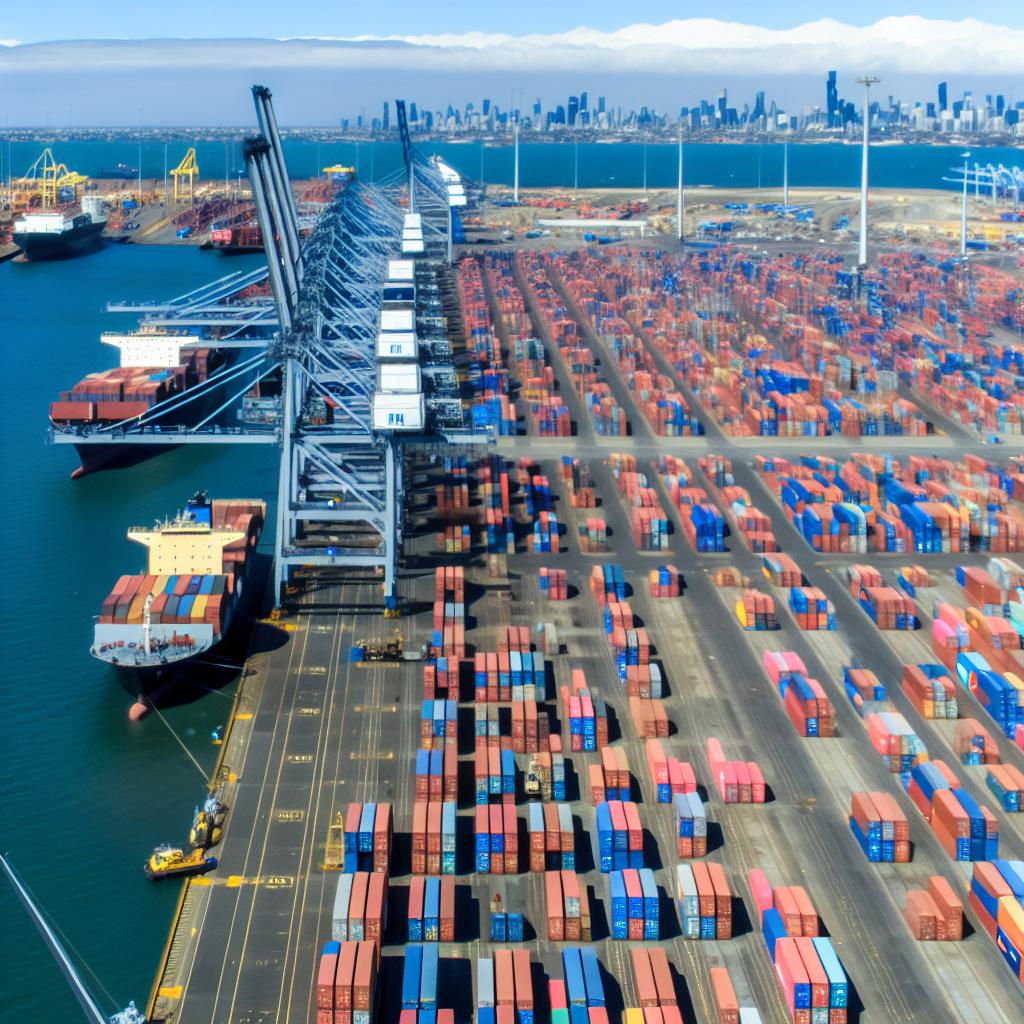Overview of the Port of Algeciras
The Port of Algeciras, strategically located in Southern Spain, stands as one of the busiest ports in both the Mediterranean and Europe. Its prime position at the crossroads of major maritime routes, including the Strait of Gibraltar, enables it to serve as a vital hub for international trade and commerce. The port plays a crucial role in connecting Europe with Africa, as well as serving transatlantic routes. Its strategic location means it is not only vital for trade between neighboring continents but also integral to the larger global shipping and logistics landscape.
Facilities and Infrastructure
The Port of Algeciras is equipped with state-of-the-art facilities designed to handle a wide range of cargo. The port includes several terminals, each tailored with modern infrastructure to accommodate container, liquid bulk, and dry bulk shipments. These facilities ensure the port’s ability to handle various forms of cargo efficiently and safely. Additionally, the port provides specialized facilities for handling vehicles, perishable goods, and dangerous cargo, demonstrating its versatility and sophistication. Its capacity is further enhanced by an extensive hinterland transportation network that includes road and rail links extending to other parts of Spain and Europe, ensuring that goods can be transported inland efficiently and reliably.
Algeciras has committed to ongoing improvements in its physical infrastructure. Expansion projects to increase the terminal space and develop new facilities are also in progress. The aim is to optimize functionality and efficiency, thereby reducing turnaround times for vessels. The introduction of cutting-edge technology in port operations, such as advanced tracking systems and automation, is part of this objective, offering a significant boost in operational speed and accuracy.
Economic Impact
The economic significance of the Port of Algeciras cannot be overstated. It acts as a cornerstone of economic activity in the region, facilitating international imports and exports. The port is a major employer locally, providing thousands of jobs directly. Its influence extends beyond direct employment; it supports additional employment in sectors closely tied to port activities such as logistics, manufacturing, and customs brokerage.
Its operations significantly contribute to the GDP of the local and national economy. By facilitating the flow of goods in and out of Spain, the port helps sustain businesses that rely on the import of raw materials and the export of finished goods. This economic activity contributes not only in terms of revenue but also enhances Spain’s accessibility to global markets, allowing domestic industries to thrive.
Trade and Connectivity
The port’s strategic location makes it a crucial node in global supply chains. It offers critical connections to major markets, including those in Europe, Africa, Asia, and the Americas. Serving as part of the European Union’s core Trans-European Transport Network (TEN-T), the Port of Algeciras ensures seamless movement of goods across the continent. Its proximity to major shipping lanes allows it to efficiently serve both east-west and north-south trades, optimizing time and resources for shipping companies.
Connectivity extends beyond simple geographical advantage; it also involves the port’s ability to integrate with other modes of transport such as rail and road. This multimodal approach facilitates the smooth transit of goods across borders and regions, enhancing the efficiency of supply chains. The port’s infrastructure, designed to accommodate the latest logistics technologies, ensures these connections remain robust and responsive to the needs of the market.
Environmental Considerations
In line with global trends towards sustainability, the Port of Algeciras is committed to reducing its environmental impact. The port has invested in several initiatives aimed at enhancing environmental performance. These include investments in green technologies, improvements in energy efficiency, and measures to minimize emissions. Projects include the utilization of cleaner, alternative fuels for port operation machinery, as well as the deployment of energy-efficient systems.
The port’s commitment to environmental stewardship also sees action through strict adherence to international environmental regulations and active participation in sustainability programs. These efforts are crucial as many international partners increasingly value sustainable practices. Maintaining a balance between operational growth and environmental responsibility helps the port stay competitive while contributing positively to global environmental goals.
Future Development Plans
Looking ahead, the Port of Algeciras has ambitious plans to further strengthen its position as a leading maritime hub. Expansion projects are in the pipeline to not only increase capacity but also improve operational efficiency. These projects encompass the development of additional terminal space, which will enable the port to handle larger volumes of cargo. Efforts are also focused on enhancing intermodal connections, which are crucial given the increasingly globalized nature of trade.
Investment in cutting-edge technologies forms a critical part of these efforts. By adopting the latest innovations in logistics and port management, such as artificial intelligence for predictive maintenance and blockchain for supply chain transparency, the port aims to optimize operations and improve service delivery. These developments are expected to solidify the port’s competitiveness and ensure its readiness to meet the demands of the global maritime industry.
Conclusion
In summary, the Port of Algeciras is a pivotal component of Spain’s maritime infrastructure. It serves as a key gateway for international trade and plays a critical role in the global logistics network. With ongoing investments in capacity and sustainability, the Port of Algeciras is poised to maintain and enhance its significance in the maritime industry for years to come. Its adaptability and forward-thinking approach promise to meet both current and future demands, ensuring its position as a leader in port operations on the international stage.




